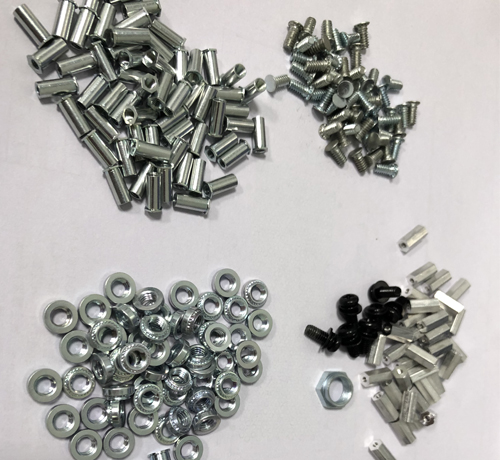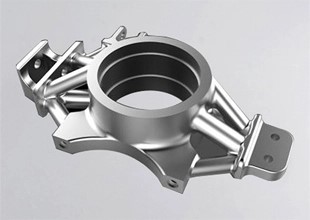Producing customized aluminum parts is a precise, multi-step process that requires strict control from requirement analysis to final inspection. A reasonable custom process not only ensures product quality but also meets specific functional and appearance requirements. The following are the specific steps in making customized aluminum parts.
Clarify Requirements
First, it is necessary to clarify the specific requirements for the customized aluminum parts, such as their use, size, shape, and material. Understanding the application scenarios of the product helps in selecting the most suitable materials and manufacturing processes.
Design Drawings
Based on the requirements, use professional design software like CAD to draw detailed product drawings. The drawings should include key information such as size annotations, shape descriptions, and material specifications to ensure the accuracy of the manufacturing process.
Material Selection
Choose aluminum ingots or aluminum alloy raw materials that meet standards based on the product's performance requirements. Customized aluminum parts typically use high-strength aluminum alloys like 6061 and 6063, which have good corrosion resistance and mechanical properties.
Molten Casting
Place aluminum ingots into a melting furnace and heat to the melting temperature, then perform refining and slag removal to eliminate impurities and homogenize the aluminum liquid composition. Subsequently, produce aluminum rods through continuous casting as raw materials for further processing.
Homogenization Treatment
To eliminate residual stress in the ingot, the aluminum rods need to undergo homogenization treatment in a homogenizing furnace. This helps improve the processing performance and stability of the aluminum material.

Mold Design: Use CAD/CAM software to design the mold, ensuring that the mold structure meets the shape and precision requirements of the product. The quality of the mold directly affects the final form of the customized aluminum parts.
Mold Processing: Mold making includes processes such as machining, wire cutting, EDM, and heat treatment. Precise molds ensure that the extruded aluminum products meet design standards.
Extrusion Molding: Heat the aluminum rods to an appropriate temperature (e.g., 410-500℃), and use an extruder to make the aluminum material pass through the mold to form a specific shape. The extrusion process needs to control temperature and extrusion speed to ensure the surface smoothness and dimensional accuracy of customized aluminum parts.
According to the product requirements, perform cutting, drilling, punching, bending, welding, and other processing operations on the extruded aluminum profiles to ensure that the aluminum parts meet the design dimensions and shapes. To improve the aluminum parts' corrosion resistance and aesthetics, various surface treatments can be performed, with common methods including:
Anodizing: Enhances the surface hardness and corrosion resistance of the aluminum material.
Spraying: Improves product appearance and increases wear resistance.
Electroplating: Forms a protective film to enhance oxidation resistance.
Assembly: If the custom aluminum part needs to be assembled with other parts to form a complete product, perform precise assembly according to the design drawings. Ensure firm connections and avoid loosening or misalignment.
Quality Inspection: Finally, conduct a comprehensive inspection of the customized aluminum parts, including indicators such as dimensional accuracy, surface smoothness, strength, and corrosion resistance. Ensure that the product meets customer requirements and industry standards.

Through the above steps, every aspect of the custom aluminum part's production is strictly controlled to ensure the product achieves the highest quality. Whether for construction, electronic equipment, or the automotive industry, customized aluminum parts offer excellent performance and reliability.